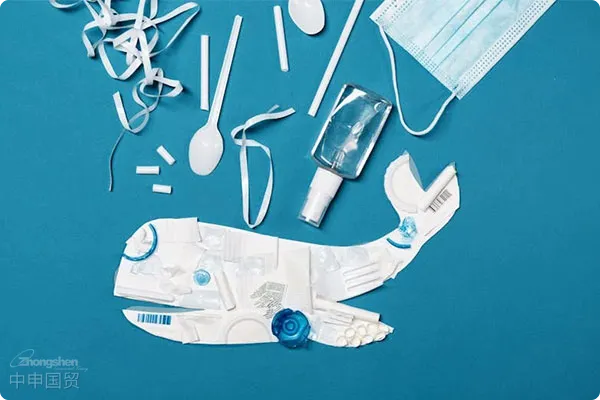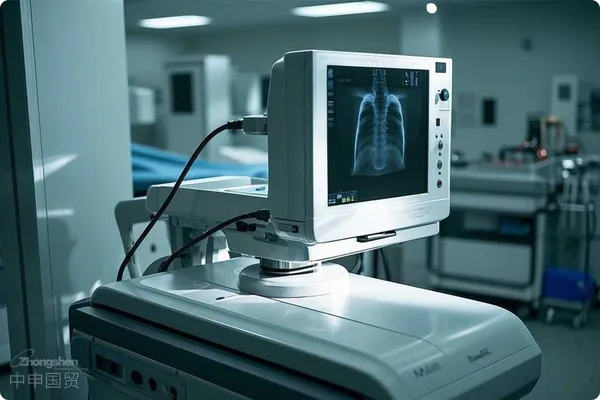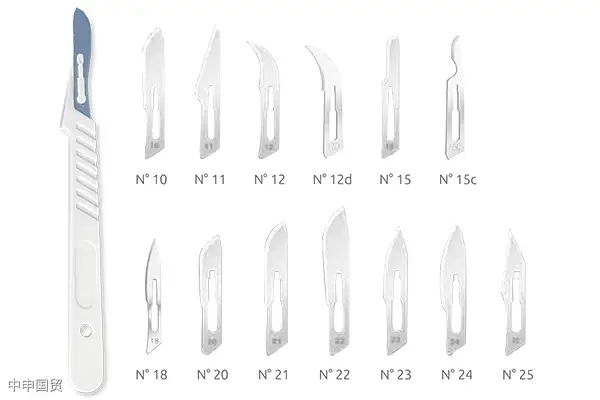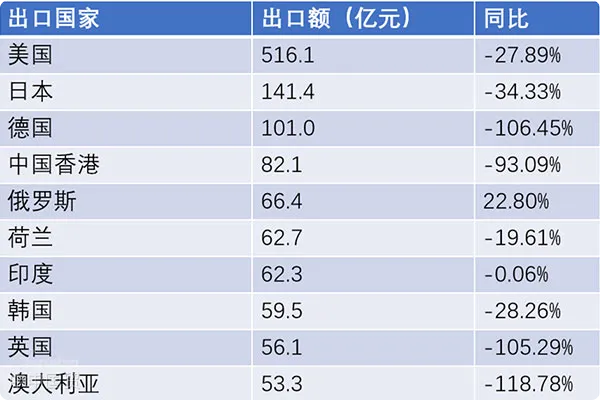- Shanghai Zhongshen International Trade Co., Ltd. - Two decades of trade agency expertise.
- Service Hotline: 139 1787 2118
This article provides an in-depth exploration of the Indonesian market, covering regulatory agencies, medical device classification, market registration processes, registration document requirements, and labeling regulations, aiming to offer reference and insights.Medical EquipmentI. Regulatory Agencies for Medical Devices in Indonesia
II. Classification of Medical Devices in Indonesia
Based on risk level and regulatory control, the Indonesian Ministry of Health classifies medical devices into three categories: Class I (low-risk devices—general control), Class II (medium-risk devices—special control), and Class III (high-risk devices—pre-market approval).
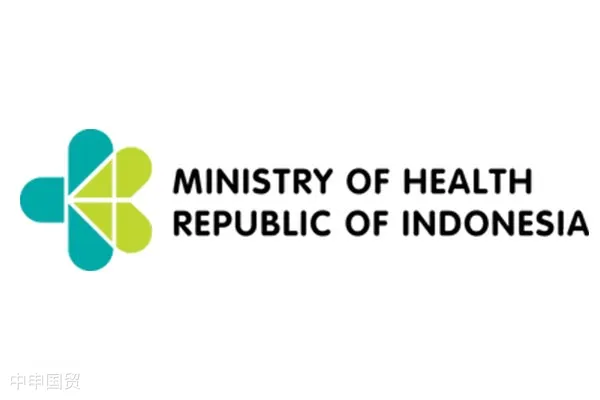
III. Registration Process for Medical Devices in the Indonesian Market
The Indonesian Ministry of Health mandates that all imported medical devices undergo registration approval, with support for online submission of registration documents. The registration process includes applications for manufacturing, distribution licenses, or product registration by a local agent on the national website, followed by review of the submitted documents by the Directorate General of Medical Devices. The process consists of the following steps:
IV. Registration Document Requirements for Medical Devices in Indonesia
Preparing registration documents
: Importers must prepare detailed registration documents, including product information such as intended use, performance characteristics, indications, contraindications, precautions, and potential hazards, as well as quality and safety certifications, such as Free Sale Certificates, lists of countries where the product has been sold, existing medical device registration certificates, and CE or FDA certifications.: Importers need to prepare detailed registration materials, including product details such as intended use, performance characteristics, indications, contraindications, precautions, potential hazards, etc., as well as quality and safety certifications like Free Sale Certificate, list of previous sales countries, obtained medical device registration certificates, CE or FDA certifications, etc.
Online submission of registration documents:The Indonesian Ministry of Health supports online submission of registration documents through its official website. At this stage, importers need to authorize an entity company holding a Medical Device Distribution Authorization issued by the Indonesian Ministry of Health to apply for manufacturing, distribution licenses or product registration on the national website.
Review of registration documents:After submission, the Directorate General of Pharmaceutical Services and Medical Devices will review these documents. The reviewers will assess the completeness and accuracy of the submitted materials. If issues are identified, the importer may need to provide supplements or make revisions.
Obtaining approval:If the reviewers from the Directorate General of Pharmaceutical Services and Medical Devices determine that the submitted documents meet all requirements, they will issue an approval decision and assign a registration number. At this point, the medical device can be marketed in Indonesia.
Regulations on accessories and attachments:In Indonesia, medical device accessories do not require separate registration but must be registered as affiliated products of their parent medical devices.
It is worth noting that Indonesias registration process aims to ensure that imported medical devices comply with national safety and performance requirements. Therefore, when preparing registration documents and making submissions, importers need to have in-depth knowledge of their products and be able to provide sufficient evidence to demonstrate their products safety and efficacy.
V. Labeling Requirements for Medical Devices in Indonesia
After obtaining the Distribution Authorization, Indonesian medical device importers need to submit relevant documents to the medical device regulatory authority, including a Free Sale Certificate, list of previous sales countries, obtained medical device registration certificates, CE or FDA certifications, and other related documents.
Below are Indonesias detailed requirements for registration documents:
Letter of Authorization (LOA):Before registration, the local agent needs to obtain a Letter of Authorization issued by the Indonesian Embassy, while the manufacturer needs to provide a product confirmation letter.
Free Sale Certificate:This certifies that the medical device is marketed in the country of origin or other markets, typically issued by the health authority or relevant agencies in the country of origin.
List of previous sales countries:This list includes all countries where the medical device has been previously marketed.
Medical device registration certificate, CE or FDA certification:These certificates prove that the medical device has passed rigorous quality and safety assessments. Having these certificates can significantly accelerate the review and approval process.
Product description:Includes intended use, indications, contraindications, precautions, and potential risks.
Manufacturing process and quality control report:This report contains the products manufacturing process and quality control measures.
Instructions for use:Provides detailed product usage methods and precautions.
Product packaging format:Front and rear view photos must be provided, along with explanations of product codes or serial numbers.
List of product contents:Includes various components of the product, to be provided in photo form.
Special product requirements:For certain special products such as HIV-related products, products containing animal-derived ingredients, and irradiated products, additional certifications are required.
The preparation and submission of all these registration documents are aimed at ensuring the safety and efficacy of medical devices while complying with relevant Indonesian regulations and standards.
VI. Post-Market Surveillance for Medical Devices in Indonesia
Indonesia has detailed labeling requirements for medical devices to ensure that users or patients receive accurate information about product safety and performance. Below are Indonesias specific requirements for medical device labeling:
Language: Indonesia requires the use of both the original countrys language and Indonesian. This is to help local consumers better understand product information.
Medical device labels must include the following items:
(1) Product name
(2) Manufacturers name and address
(3) Registration certificate number
(4) Batch number
(5) User manual and IFU (Instructions for Use): In both the original countrys language and Indonesian.
(6) Warning notices in Indonesian or English: Including any potential risks and precautions.
(7) Electronic format Instructions for Use (IFU) and medical device user manuals: Indonesia allows electronic IFUs and manuals, but they must still meet the above language and content requirements.
These requirements aim to ensure the safe use of medical devices, reduce regional differences, and significantly lower regulatory complexity. Medical device manufacturers and distributors must ensure their products comply with these requirements to achieve successful sales in the Indonesian market.
The Directorate General of Pharmaceutical Services and Medical Devices under the Ministry of Health of the Republic of Indonesia (MoH) is the primary authority responsible for regulatory affairs related to domestic and imported medical devices. The Indonesian Ministry of Health requires companies selling medical devices to be local entities holding a Medical Device Business License issued by the Ministry and prohibits the import of used equipment.
Indonesias post-market medical device regulation is highly rigorous, primarily to ensure product safety and efficacy while promptly controlling potential risks. Below are details of Indonesias post-market medical device regulation:
Supervision measures:The Indonesian Ministry of Health requires post-market supervision measures for imported medical devices to effectively manage and control widely imported products. Post-market regulatory measures refer to the ASEAN Medical Device Directive (AMDD), including sampling, monitoring, and vigilance.
Sampling:The Indonesian government will periodically conduct sampling tests on medical devices in the market to ensure product quality and safety. If issues are found, products will be recalled or banned from sale.
3Monitoring:For imported medical devices, the Indonesian Ministry of Health will conduct continuous monitoring to ensure their market performance aligns with registration commitments and requirements.
Vigilance:If potential safety issues or problems during use are identified in medical devices, the Indonesian Ministry of Health will issue warnings to notify medical institutions and the public to prevent further issues.
These strict regulatory measures ensure the safe use of medical devices in the market, providing protection for consumers. At the same time, they require medical device manufacturers and distributors to maintain good product quality control and follow-up services.
Understanding the export process and requirements for medical devices to Indonesia, including the regulatory agency, classification, registration process, and documentation requirements, is a crucial step for Chinese medical device companies entering the Indonesian market. With the advancement of the Belt and Road initiative, Chinese medical device companies are expected to achieve greater development in the Indonesian market.
Related Recommendations
Category case
Contact Us
Email: service@sh-zhongshen.com
Related Recommendations
Contact via WeChat

? 2025. All Rights Reserved. 滬ICP備2023007705號-2  PSB Record: Shanghai No.31011502009912
PSB Record: Shanghai No.31011502009912
